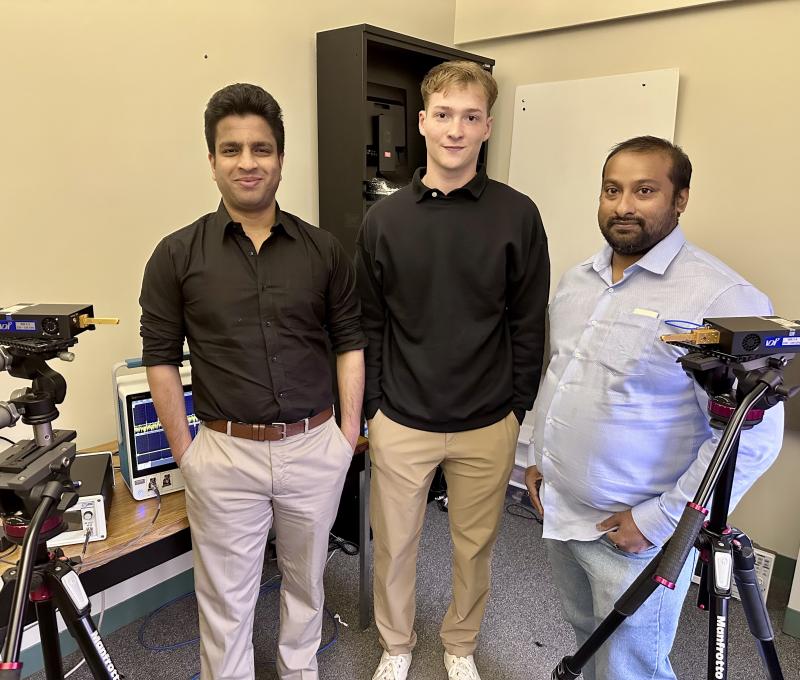Photonics.com: Competition, Collaboration Fuel U.S. Photonics Industry

Photonics production in the U.S is a multibillion dollar industry. Programs such as the American Institute for Manufacturing Integrated Photonics (AIM Photonics), as well as developments in technology are helping to fuel the market. Industrial competition between the U.S. and Europe is another market driver, as companies work to develop the most advanced, novel products, components and systems.
Experts see photonic integrated circuit (PIC) technology at the center of some of the competition. AIM Photonics, the European Silicon Photonics Alliance, and the Joint European Platform for Photonic Integration of Components and Circuits all provide similar platforms for R&D, as well as industry and technology advancement. Companies are all working toward the same ends — higher-capacity systems and data centers, smaller products and components, and lower costs, among others — and are working to reach these goals first.
Competition also exists within the academic realm, which actually proves advantageous for the industry, as it drives rapid advancement in research and in the field.
Competition does fuel initiatives. But research and product development, collaboration and sharing of knowledge and resources amongst companies and those in academia will ultimately further advance the photonics industry.
EuroPhotonics spoke recently with industry veterans working in the U.S. and Europe about technology trends worldwide, and how both competition and collaboration are fueling global advancement. They are:
John Bowers, Ph.D., deputy CEO of AIM Photonics; professor in the Electrical and Computer Engineering Department at the University of California, Santa Barbara (UCSB); Fred Kavli Chair in Nanotechnology at UCSB; and director of the Institute for Energy Efficiency. Bowers is also a member of the National Academy of Engineering and a fellow of IEEE, OSA and the American Physical Society.
Jose Pozo, Ph.D., director of technology and innovation for the European Photonics Industry Consortium (EPIC) and member of the board of the IEEE Photonics Society Benelux.
Q: What are some notable R&D trends and advancements in the U.S.?
Bowers: The biggest trend is toward higher-capacity systems and higher densities. Data centers have moved from 10- and 40-Gbps modules to 100-, and soon 400-Gbps modules. The need for smaller size and lower cost is driving photonic integration. The need for lower power consumption is also driving photonic integration to lower the coupling losses between optical elements.
The [push] for lower cost is driving migration to silicon substrates, with major efforts at Intel, Cisco, Juniper, Huawei and other companies. This is driving the development of foundaries in the United States, Europe and Asia, including with AIM Photonics, Imec, IME and others.
Pozo: [Among notable trends are] new technologies for in vivo imaging, especially OCT; lidar for automotive and defense applications; low-cost high-volume manufacturing of silicon photonics; and indium phosphide PICs, including packaging. Specialty optical fiber for sensing in harsh environments is also trending in R&D.








